What is the tolerance range of precision screws?
What is the tolerance range of precision screws?
Service Hotline
+86760-8787 8587We have more than ten years of production experience in the screw industry, the main products are: locking hexagon nut, conversion nut, big head machine screw, round flat washer, high-strength wing nut, small countersunk head inside and outside half hexagonal rivet nuts, Four-corner nuts, embedded copper nuts, anti-theft screws with cylinder cores, self-locking nuts, closed body turnbuckles, slotted nuts, elastic washers, through-hole rivet standoffs, 316 stainless steel rivets and other fasteners, due to the product The materials and specifications are different, and the prices are also different. Please contact us if you need it.


The rivet nut is a kind of nut applied to thin plate or sheet metal. The principle is to press the embossed teeth into the preset holes of the sheet metal. Generally, the diameter of the square preset holes is slightly smaller than the embossed teeth of the pressure riveting nut. The periphery of the hole is plastically deformed, and the deformed object is squeezed into the guide groove, thereby producing a locking effect. The pressure riveting nut is divided into free-cutting steel pressure riveting nut S type, stainless steel pressure riveting nut type CLS, stainless iron pressure riveting nut SP type and copper and aluminum pressure riveting nut CLA type, which should be used in different environments. . Generally speaking, the national standard domestic products without rivet nuts from M2 to M12 are PEM specifications, which are usually produced in chassis cabinets and sheet metal industries.
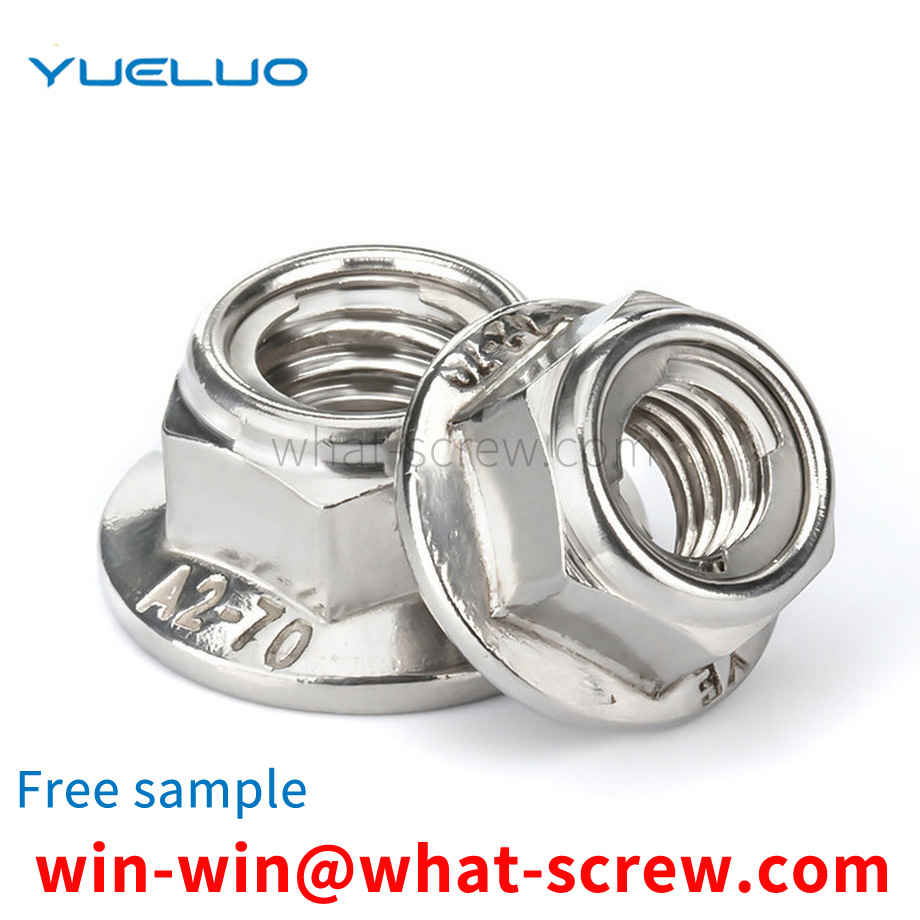
In order to solve this technical problem, Yueluo Company provides an adjusting nut, which includes a bearing unit, a thrust washer, an adjusting nut and a snap ring. The inside of the adjusting nut is an internal thread structure, and one end of the internal thread structure is provided with Ring groove, the snap ring is pressed into the ring groove with interference, and is rigidly connected with the adjusting nut without relative movement; the bearing unit is supported on the shaft, and the thrust washer is in plane fit with the bearing unit; the adjusting nut and the shaft are threadedly connected , Fit with the thrust washer plane, the inner diameter of the snap ring and the thread of the shaft are in interference fit.
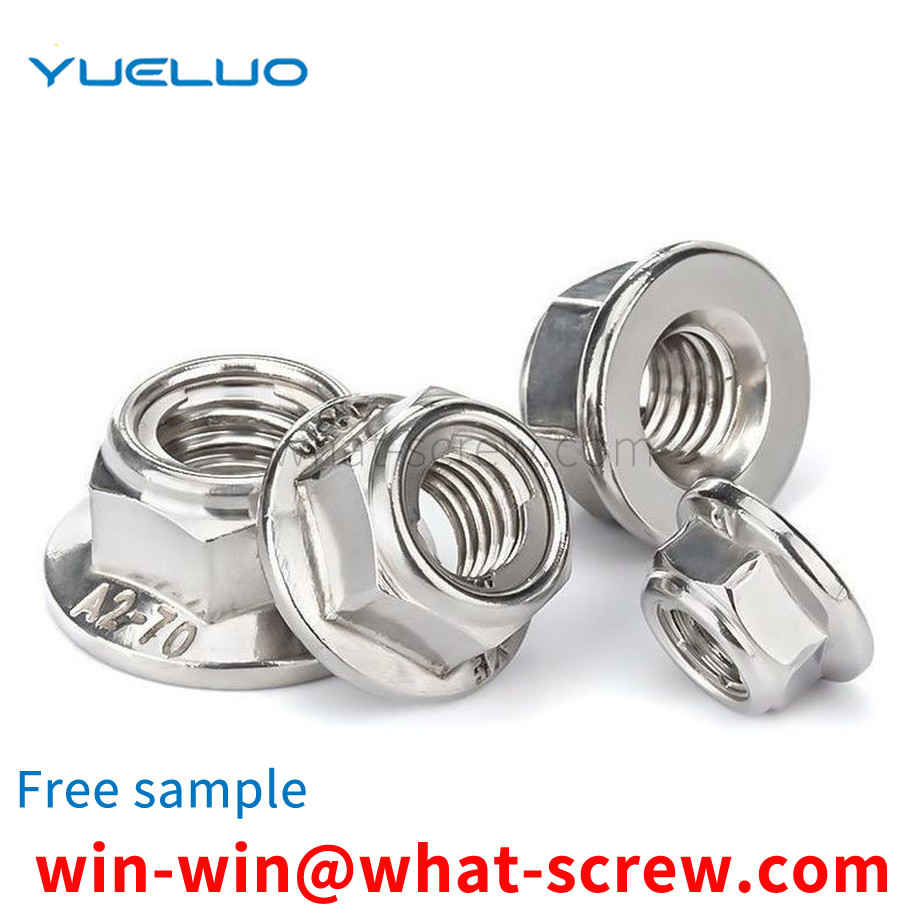
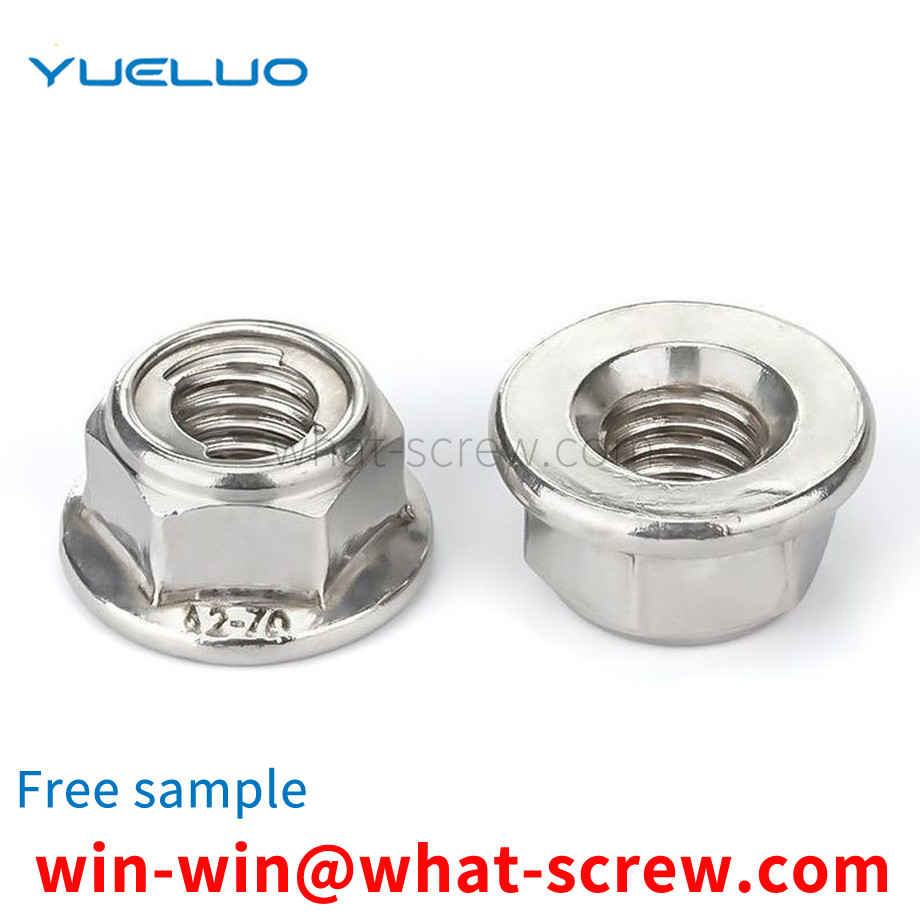
Self-tapping screw is a kind of threaded fastener that self-tapping and drilling the matching female thread in the pre-drilled hole of metal or non-metal material. When using self-tapping screw, a flat washer is often required to protect the fastening surface. Traditional When the self-tapping screw is used, the flat pad is easy to fall off, resulting in low work efficiency. In view of this, we propose a combined structure of the stuck self-tapping screw spring washer that prevents the flat pad from falling off.
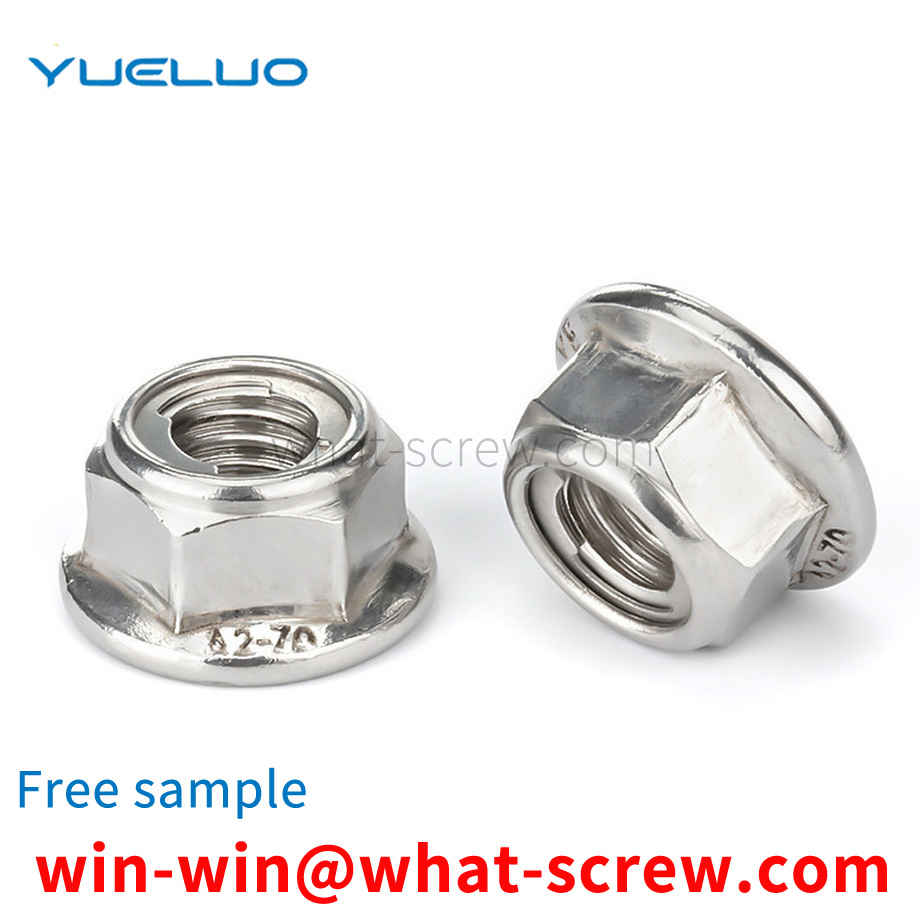
The process of removing iron oxide plate from cold heading steel wire rod is stripping and dephosphorization. There are two methods: mechanical dephosphorization and chemical pickling. Replacing the chemical pickling process of wire rod with mechanical phosphorus removal not only improves productivity, but also reduces environmental pollution. This phosphorus removal process includes bending method (the round wheel with triangular grooves is commonly used to repeatedly bend the wire rod), spray nine method, etc. The phosphorus removal effect is good, but the residual iron and phosphorus cannot be removed (the removal rate of iron oxide scale is 97%) ), especially when the iron oxide scale is very sticky, therefore, mechanical phosphorus removal is affected by iron scale thickness, structure and stress state. Carbon steel wire rods used for low strength fasteners (less than or equal to 6.8) High-strength bolts (greater than or equal to grade 8.8) use wire rods to remove all iron oxide scales after mechanical dephosphorization, and then go through a chemical pickling process for compound dephosphorization. For low carbon steel wire rods, the iron sheets left by mechanical dephosphorization are likely to cause uneven wear of grain draft. When the grain draft hole adheres to the iron sheet when the wire rod rubs against the external temperature, the surface of the wire rod produces longitudinal grain marks. More than 95% are caused by scratches on the surface of the steel wire during the drawing process. Therefore, the mechanical phosphorus removal method is not suitable for high-speed drawing.
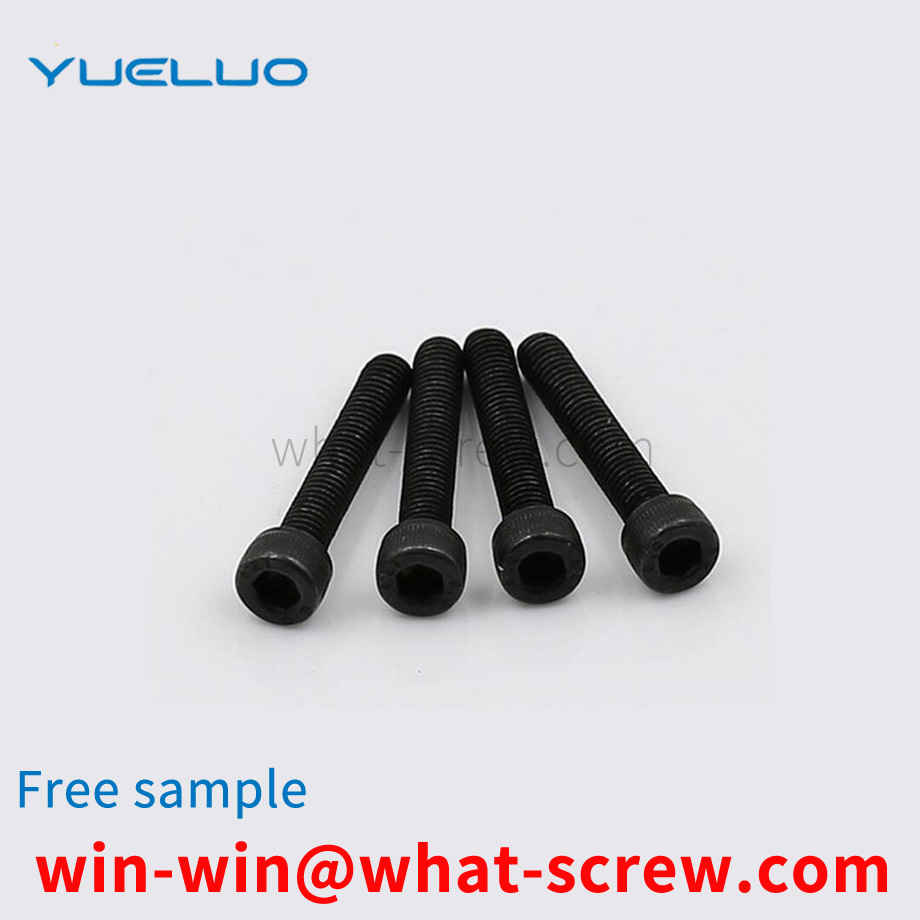
The above content is uploaded by Yueluo or the Internet. If there is any copyright issue, please contact [email protected].

What is the tolerance range of precision screws?

How to choose the right stainless steel screw manufacturer?

Why is there an R angle under the head of the hexagon head s...

We have more than ten years of experience in screw industry ...
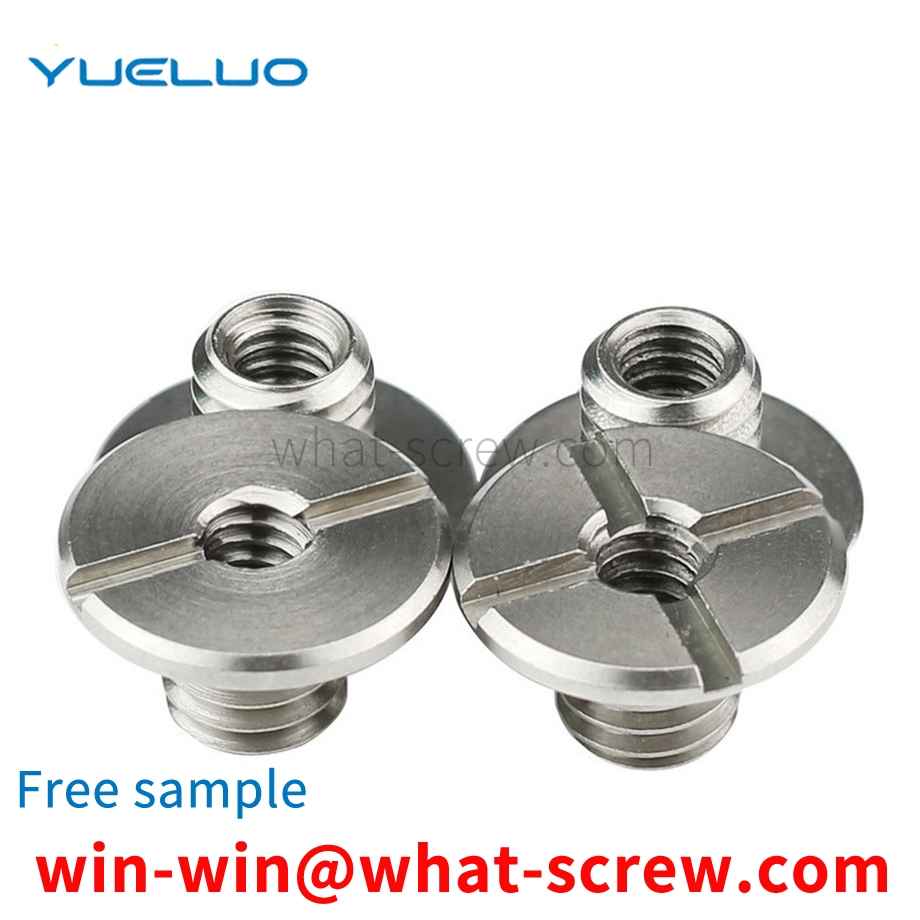
We have more than ten years of experience in screw industry ...
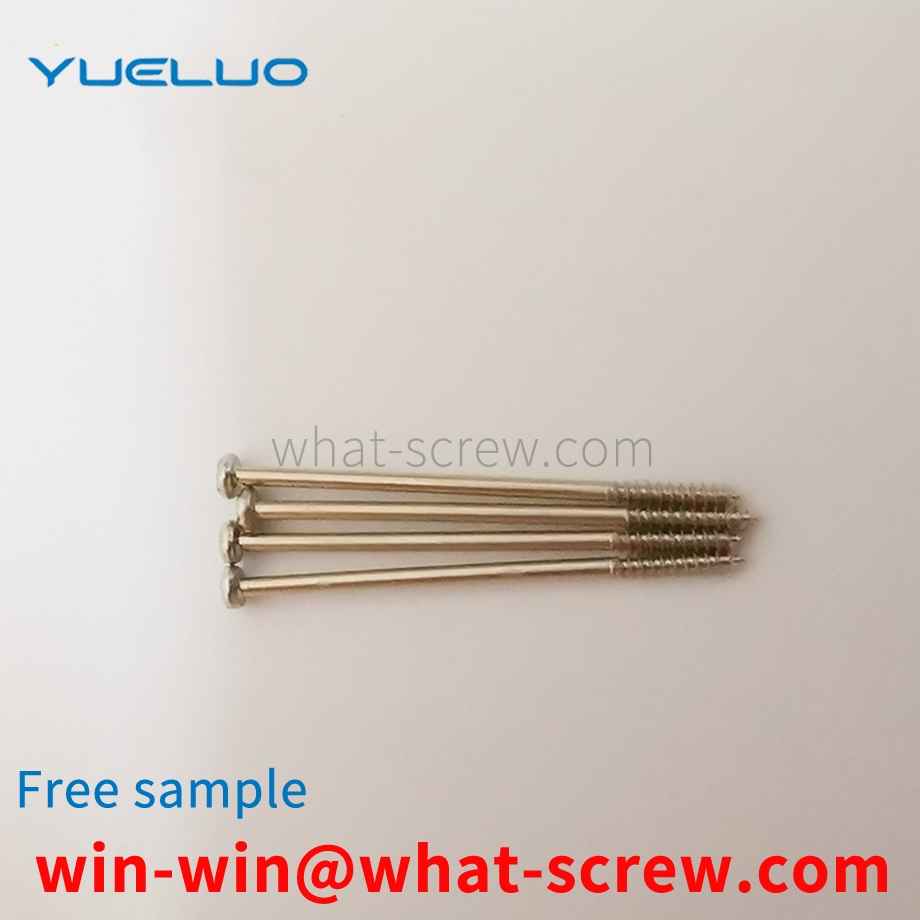
We have more than ten years of experience in screw industry ...
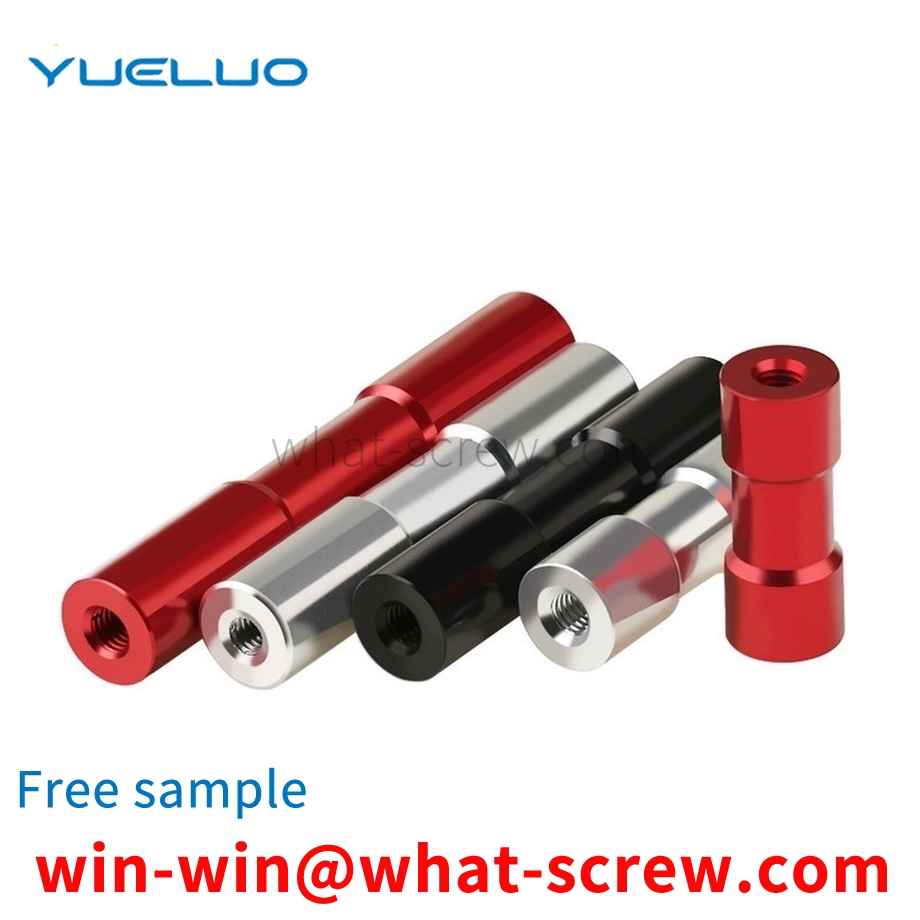
We have more than ten years of production experience in the ...